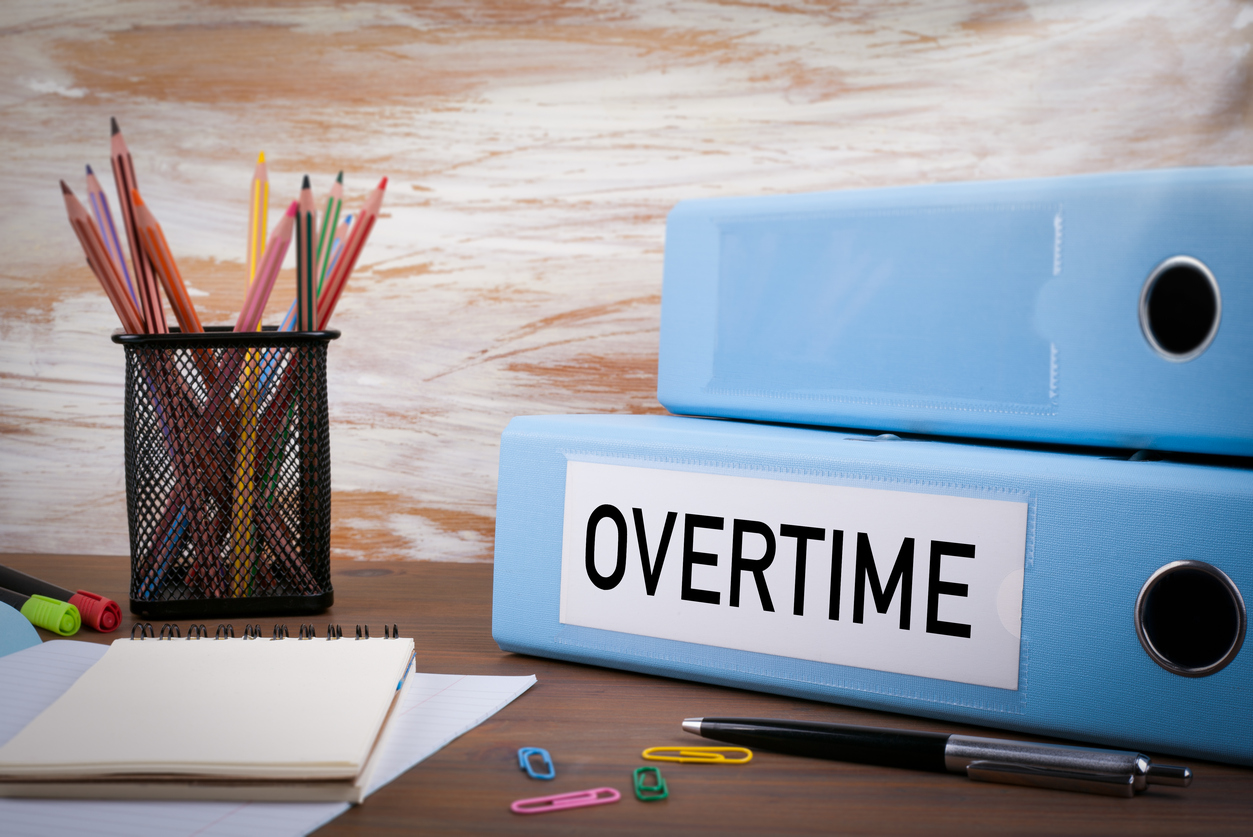The rule would increase the annual salary threshold below which workers generally qualify for time-and-a-half pay for logging more than 40 hours a week. The revised rule affects workers and employers in industries such as retail, fast food, higher education and nonprofits.
The final regulation raises the salary threshold to $35,568, on Jan. 1, 2020, up from $23,660, a figure that hasn’t changed since 2004. The new threshold is lower than a version adopted during the Obama administration that was blocked by a judge in 2016 after states and businesses challenged it.
“America’s workers will have an update to overtime regulations that will put overtime pay into the pockets of more than a million working Americans,” acting Labor Secretary Patrick Pizzella said.
The rule would boost the salary threshold to $684 per week. Retail-clothing employees made an average $485 per week in July, and restaurant workers earned an average $387 per week in the same month. The threshold could also affect home health-care workers, who had average weekly earnings of $579 in July.
The final version comes as the White House has pressed the department to complete unfinished regulatory overhauls amid a leadership shuffle following the recent departure of Alexander Acosta as labor secretary.
Completion of the rule came the same day a Senate committee was scheduled to vote on the nomination of corporate attorney Eugene Scalia to succeed Mr. Acosta as labor secretary.
Many U. S. businesses pay overtime to hourly workers but often exempt managers and other salaried employees from additional pay when they work more than 40 hours a week. The Labor Department sets a salary threshold, below which in most cases a worker must be paid time-and-half regardless of their role.
Tam Kennedy, owner of franchised Mexican fast-food restaurant Taco John’s in Minnesota and central Iowa, said the higher salary threshold was long overdue and a reasonable level.
“That is more of a standard amount that you would expect to have to honor an overtime obligation than what had been proposed by the previous administration,” Ms. Kennedy said.
Under the Obama administration’s proposal, Taco John’s would have had to overhaul employee handbooks and convert a salaried general manager to an hourly rate to cap costs.
“We probably would have lost that manager because they did not want to be taking a step backwards in being paid by the hour,” she said.
The Obama administration had moved to increase the level to $47,476 and adjust it every three years. That version of the overtime rule was blocked by a judge in 2016 after states and businesses challenged it. Tuesday’s version would cover fewer workers and wouldn’t be adjusted automatically after a set period.
Critics of the new move, however, saw it as a step backwards.
“By weakening the overtime rule, President Trump is literally taking money from the pockets of workers to please corporate interests,” said Amit Narang, a regulatory policy advocate at Public Citizen, a consumer advocacy group.
While the Senate moves to consider Mr. Scalia’s nomination, the department is moving quickly to finish big-ticket rules, under the direction of Mr. Pizzella.
In another high-profile regulation, the department is gearing up to clarify when a worker could be jointly employed by two companies, which could help reduce liability for franchises and companies that use contractors. The administration is expected to set a high bar for when an employee could have claims against multiple businesses.













